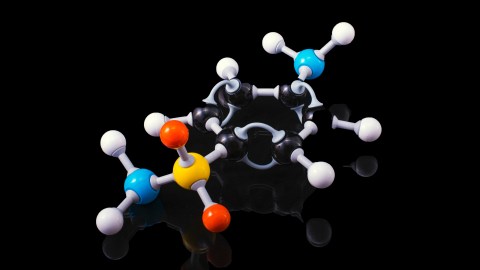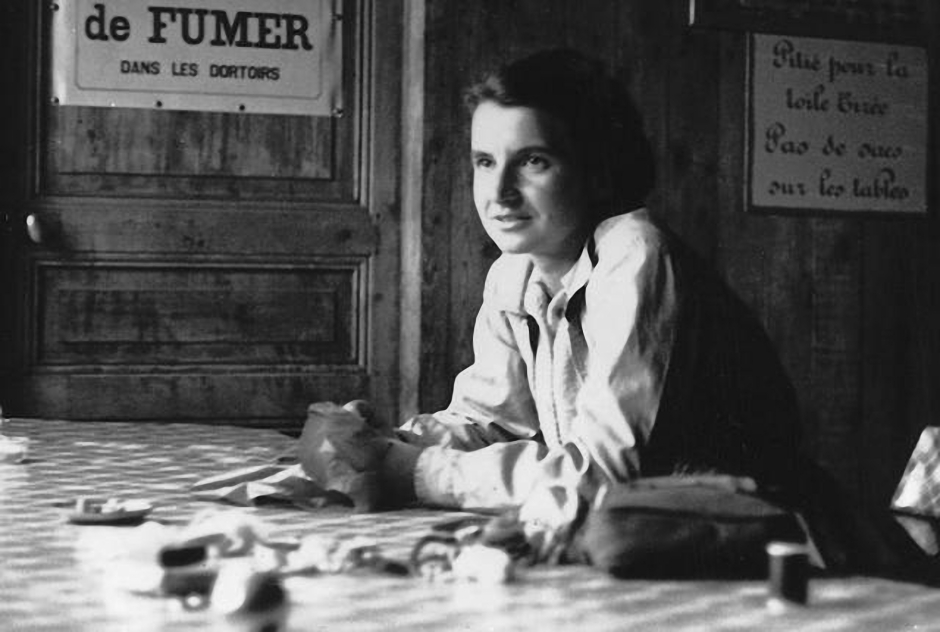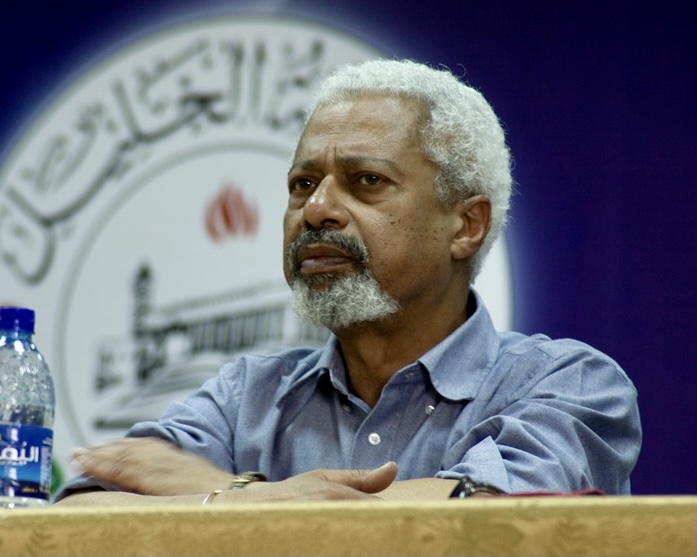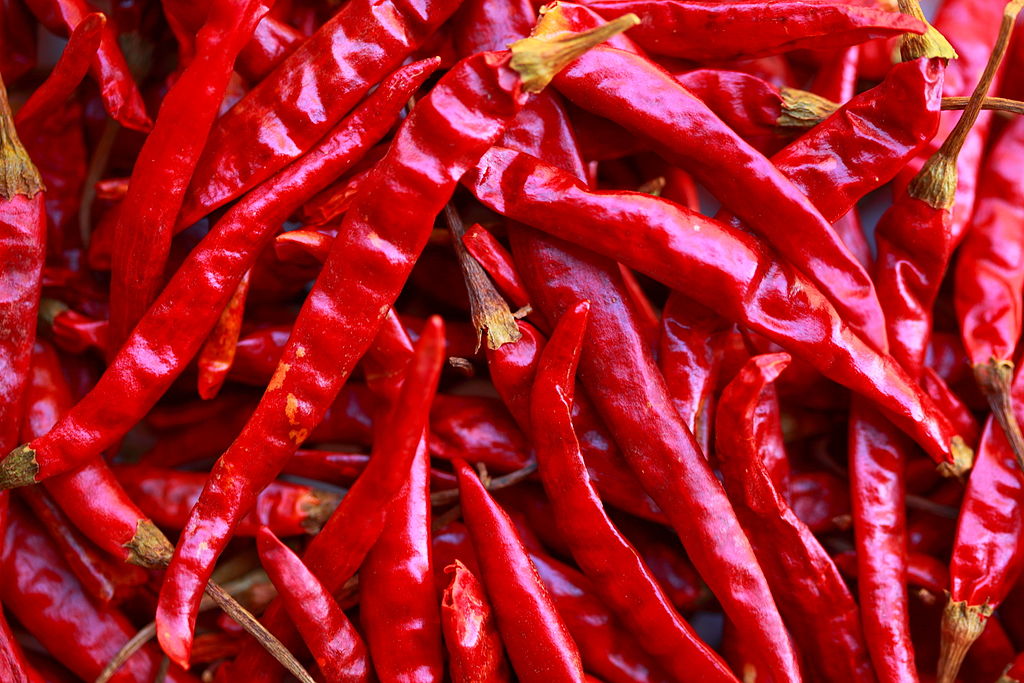Click chemistry and bioorthogonality win the 2022 Nobel Prize in Chemistry

- Click chemistry is a term coined to describe a set of simple, clean, highly favorable reactions that work like a charm with organic molecules.
- In bioorthogonal form, it allows researchers to add tracking molecules into living cells without disturbing or harming them.
- This is the second Nobel Prize in Chemistry won by Dr. K. Barry Sharpless, a one-eyed pioneer.
The 2022 Nobel Prize in Chemistry has been awarded to Drs. K. Barry Sharpless, Morten Meldal, and Carolyn Bertozzi, for two related advances. The first of this year’s prize-winning discoveries carries a catchy moniker: click chemistry. The other, bioorthogonality, is more of a mouthful. Both techniques share some similarity with last year’s winner, asymmetric organocatalysis. Namely, they are organic synthesis methods, designed to aid in research on the molecules making up living organisms, pharmaceuticals, agricultural chemicals, and polymers.
Click chemistry is a simple name for a simple set of reactions
The core of the click chemistry concept is the cultivation of a small set of reactions that are extremely ideal for working with organic molecules. Sharpless described them in his famous 2001 paper:
“The reaction must be modular, wide in scope, give very high yields, generate only inoffensive byproducts that can be removed by nonchromatographic methods, and be stereospecific (but not necessarily enantio-selective). The required process characteristics include simple reaction conditions (ideally, the process should be insensitive to oxygen and water), readily available starting materials and reagents, the use of no solvent or a solvent that is benign (such as water) or easily removed, and simple product isolation.”
Put more simply, the reactions generally: can be performed in the same ways on a range of target molecules, are highly efficient and easy to perform under many conditions, don’t produce nasty or hard-to-separate byproducts, and require only simple and mild solutions. He further notes that very high thermodynamic favorability is required to drive such reactions. This will result in their completing rapidly and reliably to produce a single product; these reactions are “spring-loaded.”
The goal is to assemble a small set of simple, efficient, reliable, clean reactions that can be used under most conditions. Click chemistry then allows the creation of a wide range of chemical compounds by combining only the few excellent reactions between prime standard ingredients. Sharpless notes in another paper that he was inspired by how nature builds all the proteins in our bodies from only 20 amino acids, using a small set of reactions.
As Sharpless was defining this concept, both he and Meldal independently discovered and published the greatest known click chemistry reaction, copper catalyzed azide-alkyne cycloaddition. Meldal describes the scientific details in excruciating detail in a later paper. It allows an outside molecule with some useful function to be snapped into place on an organic molecule. The attached outside molecule can allow synthesis of a range of new medicines, create a molecular tracking beacon by selectively reflecting light (a dye) or emitting it (a fluorophore), or modify cellular components by bonding them with polymer molecules.
These techniques have found use in other chemistry fields. Chemist Wolfgang Binder wrote review articles — peer-reviewed scientific reports that seek to sum up a large body of work, rather than report a single advance — describing how click chemistry has benefitted polymer and surface chemistry. It facilitates linking a wide range of polymers and similar chain-like molecules, regardless of the environment, with extremely high reliability and precise results — something that was previously uncommon.
Bioorthogonality is an abstruse name for a simple concept
Bertozzi created the term bioorthogonality, a difficult word prepending bio(logical) to orthogonality. Orthogonality is a mathematical/physical relationship between two objects: complete independence. It’s a higher-dimensional analogy to the more common term perpendicular. The top of a square table is orthogonal to the legs. Each dimension of spacetime is orthogonal to the others. In looser use, a child’s interests could be described as orthogonal to broccoli.
Bioorthogonality describes reactions that can take place in vivo, a Latin term for inside of living biological cells, completely perpendicular to their function. The reaction does not damage, strengthen, or substantially interfere with a cell’s living processes. Bertozzi describes this in a well-known review paper of her own. She made the premier discovery in this field: an alternative (bioorthogonal) form of the most famous click chemistry reaction. This version removes the copper catalyst, which is toxic to the living cells. This allows click chemistry to add glowing tags to track processes in living tissue, producing these beautiful research images of cell structures in plants and these of cancer tumors in mice.
Nobel Prize winners are like us, and not like us
Sharpless is a character both extraordinary and normal. This is his second Nobel Prize in the sciences, placing him in the rarified company of only Marie Curie, Linus Pauling, John Bardeen, and Frederick Sanger. Yet, in a moment of common human frailty, he lost one eye, and nearly the other, in an accident in an MIT chemistry lab in 1970. He wrote afterward of learning the lesson to never take off your safety glasses in the laboratory at any time. While one of last year’s Nobel winners pointed out how even brilliant scientists struggle like the rest of us, Sharpless demonstrates how different they can be when he touts his photographic memory. Wouldn’t that be nice. You can read some further personal anecdotes about the winners here.





